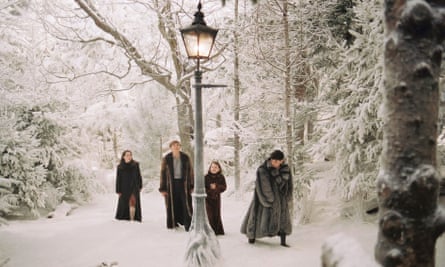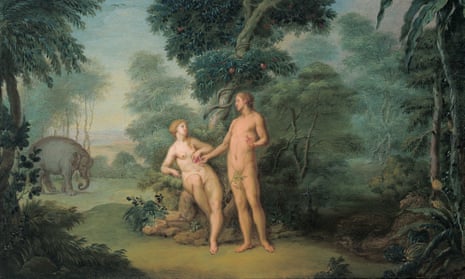I am often asked – always by grown-ups, never by children – why I write fantasy instead of realistic prose. Of course this question raises another one: how do we define reality?
Is Shakespeare unrealistic because he makes ghosts and witches take the stage? What do the magical adventures of Harry Potter reveal – quite brilliantly – about British reality; class, racism and the roots of fascism?
In my opinion, the reality of this world and our existence in it can only be described as fantastic. The more we learn about our reality, the more we realise that we don’t understand it at all.
We have learned to build ourselves better ears and eyes to find out about the universe that contains each of us like a grain of sand. We’re rightfully very proud of our new instruments, but we’ve distanced ourselves from nature. Maybe it was easier to understand the fantastic qualities of our existence when we were still afraid of the dark and needed a profound knowledge of the natural world to survive?
Big questions
Fantasy stories take us back to the times when humans were a more helpless part of the natural world, troubled by the big questions. Where do we come from? Where do we go? Children want to ask those questions and so they easily embrace the conventions of fantasy, used since the very beginnings of storytelling, to confront what frightens and enchants them.
The question of where we come from and where we’re going can be addressed by introducing children to ghosts and ghouls, for example. The uniquely human experience of being separated from all other forms of life on this planet can be bridged by imagining their human skin turning into fur or feathers.Fantasy is not mere childish escapism. There is a political aspect to it – we won’t try to change this world unless we are able to imagine another reality. One could say all change starts with fantasy.

Reading the stories of other cultures helps children to understand their fears, their hopes, their religious beliefs and the landscapes that formed their culture. Only imagination can let us wear the skin of the others and question our perceptions of the world.
What does it feel like to be blind? To be clumsy, sick or poor? How is the world different if you are beautiful or famous? How does it feel if you’re afraid of your own father? If school makes you feel stupid? Getting children to imagine something and write it down, paint it or turn it into music will help them and others to see the world differently.
A powerful tool
But fantasy isn’t always a force for good – it can be reactionary, aggressive, and deceitful. It can nourish greed for riches, revenge or power. So we need to train our children how to use this tool. We need to help them understand how powerful the imagination can be, and how it can both mask and reveal truth. We must teach children to decipher what’s hidden in the enchanting worlds they enter.
What does it mean to find an apple tree in paradise? Why is the snake evil if it shows Eve how to gain knowledge? What does it say about the place of women, if we are made from a man’s rib?
The thing to tell them is: it is our world. That is the first truth, and they should never forget it. And there’s always a story-teller, offering a certain pair of glasses through which to look at the world – teachers need to help their students see those glasses.
What about magic? We all yearn to have magical abilities. How society’s perception of magic has changed from pagan to Potter times would make a lively discussion in any classroom. What do we want from magic? If magic existed, would that be a comforting or a worrying thought?
Fantasy can teach children to notice things and deepen their interpretation of what they see. Ask children to consider: why do we wear red one day and blue another? Does sadness have a colour? Does joy? What colour does our best friend have if we close our eyes? What animal would they be? What animal am I? And which one would I like to be? Who would be a predator in your classroom? Who would be a bird? One last thought: did I mention pleasure? Some children view books as medicine, prescribed by teachers and parents. Fantasy can make them realise books are chocolate.

Comments (…)
Sign in or create your Guardian account to join the discussion